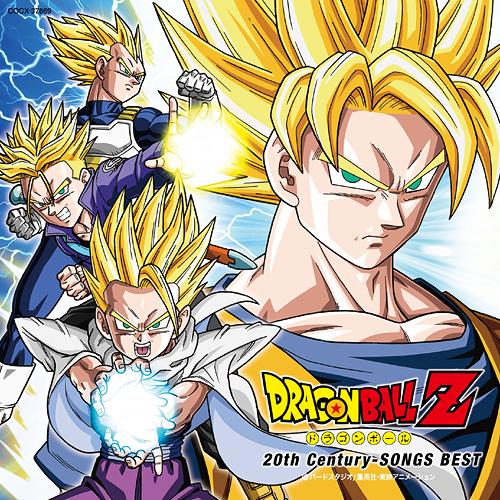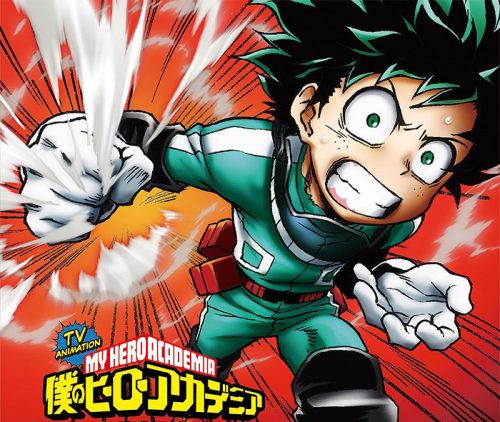
For a majority of Shounen titles for the past two or three generations, one major trope that can be associated with the genre is how it tends to escalate its stories by having more powerful villains than the last, and/or giving the main character a motivation to find a new way to power up. One notable example that popularized this notion is of course through the Super Saiyan transformations in Dragon Ball. However, the birth of Super Saiyan transformations was certainly a creative concept for its time. From Toriyama’s perspective, the yellow/gold colored hair was more out of convenience. Considering it took time to ink Gokuu’s hair, he felt that by the simple concept of changing Gokuu’s hair to a lighter color, he could save time on inking. Eventually, it paved the way for the remaining Saiyans to achieve the transformation and for (probably) similar reasons. However, beyond reasons of convenience, the notion of escalation in relation to storytelling has always existed in Shounen but managed to have been executed in different ways to make it fresh.
Escalating Threats
If there’s one reason to introduce escalation, it’s largely due to the threats that are involved. The bigger the threat, the more the hero has to work hard to achieve victory, or in some instances, find a new way to power up to go toe-to-toe with that particular villain.
For a recent example, it goes beyond cross universal threats like in Dragon Ball Super in which the heroes combat beings that equate to gods. In Attack on Titan, the execution of escalation takes it all over the place. First, Eren and his friends are introduced as regular kids trying to enjoy lives inside the walls, but are hoping to one day see the outside world. Even before the Titans were a threat, they were facing obstacles with bullies who refused to believe in a world outside the walls. Then shortly after, their lives take a 180 degree turn when the Titans attack their homes and it inspires our main trio to enlist in their nation’s military.
The escalation in Attack on Titan is masterfully expressed both internally and externally. Not only does it take the escalation outside the walls but inside as well since eventually, our heroes, mostly consisting of the Scout Corps, have to fight a war on two fronts in order to affect change. Any further details and examples would be spoilers, so we encourage you to watch the series from its beginning to get a better understanding of what we’re talking about, and why it effectively knows how to execute escalation.
Power Ups
Another trend, in order to make the audience give in to the escalation, are the power ups, most notably the Super Saiyan power up we shared in the introduction. As we previously stated, the transformation was implemented for the sake of convenience on Toriayama’s part, but as executed in the story, it gets the job done of sharing how and why Gokuu achieves it. Gokuu is now facing Frieza (or Freeza, or whatever spelling you want to use), the one who destroyed his race and has just killed his best friend in front of him.
Gokuu has thrown everything he can at Frieza including the kitchen sink (meaning a Genki Dama), and he still keeps coming at him. Now with almost nothing left to lose and consumed by rage, Gokuu achieves a new power up as a reaction to how menacing Frieza is in order to come out and top.
From there, the Super Saiyan concept is taken to new levels throughout the rest of Dragon Ball as a reaction to the escalation of threats, and to keep things engaging. As for Super, while Gokuu’s latest power up, Ultra Instinct, isn’t Super Saiyan, it’s a different kind of power up motivated by his will to fight as opposed to anger. Due to this new form of motivation and how the transformation comes about, it is still something familiar and yet has a feel of originality to make audiences believe that business is about to pick up.
Final Thoughts

Going back to internal and external escalation going hand-in-hand, if one recent title was to also exemplify this, it would certainly be with Izuku in My Hero Academia. When he is given his new powers by All Might, any use of them would cause major harm to the point that no (American) insurance company would want to cover him, and he’d likely bankrupt any country with universal health care. Due to his initial lack of understanding on how to use his powers, every time he faces a threat or was in a fight, he was dealing in a damned if you do, damned if you don’t situation, and this particular quality is what makes escalation in the Shounen genre still feel fresh. If he doesn’t fight, him and his friends get hurt. If he does fight, he and his friends can still get hurt. When the threats escalate to something akin to a double-edged sword, that is what keeps audiences glued to their screen.
Escalation is always going to be part of not just Shounen stories, but any stories where the hero has to face a villain. And this applies to American comics as well. With Superman, he had Lex Luthor. From Lex Luthor he faced a bigger threat with Brainiac. After Brainiac, Darkseid and from Darkseid, there was Doomsday. Every hero can’t face the same threat over and over, so they always need something new to keep the story fresh and what better way than raising up the stakes?

